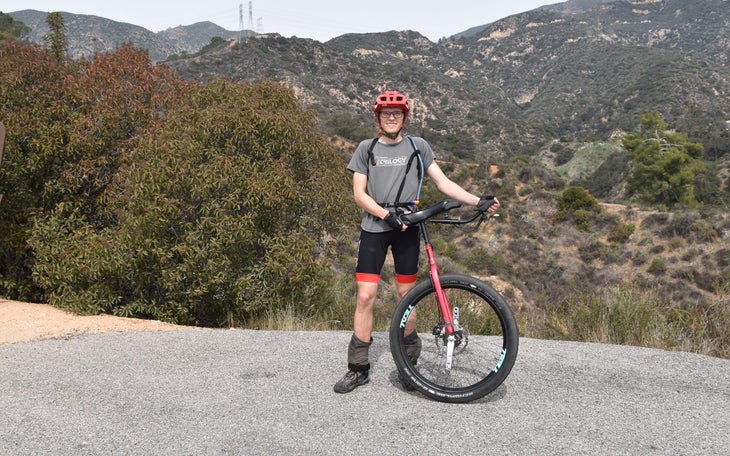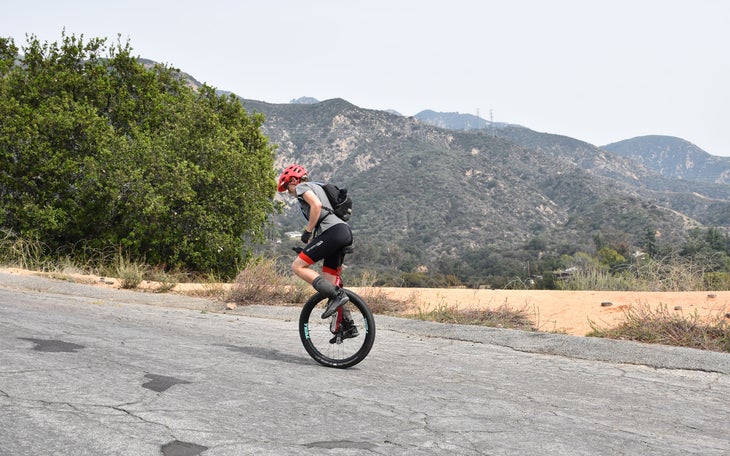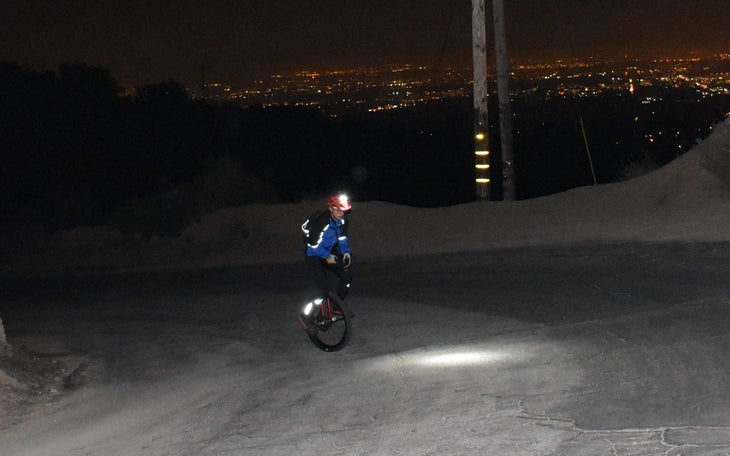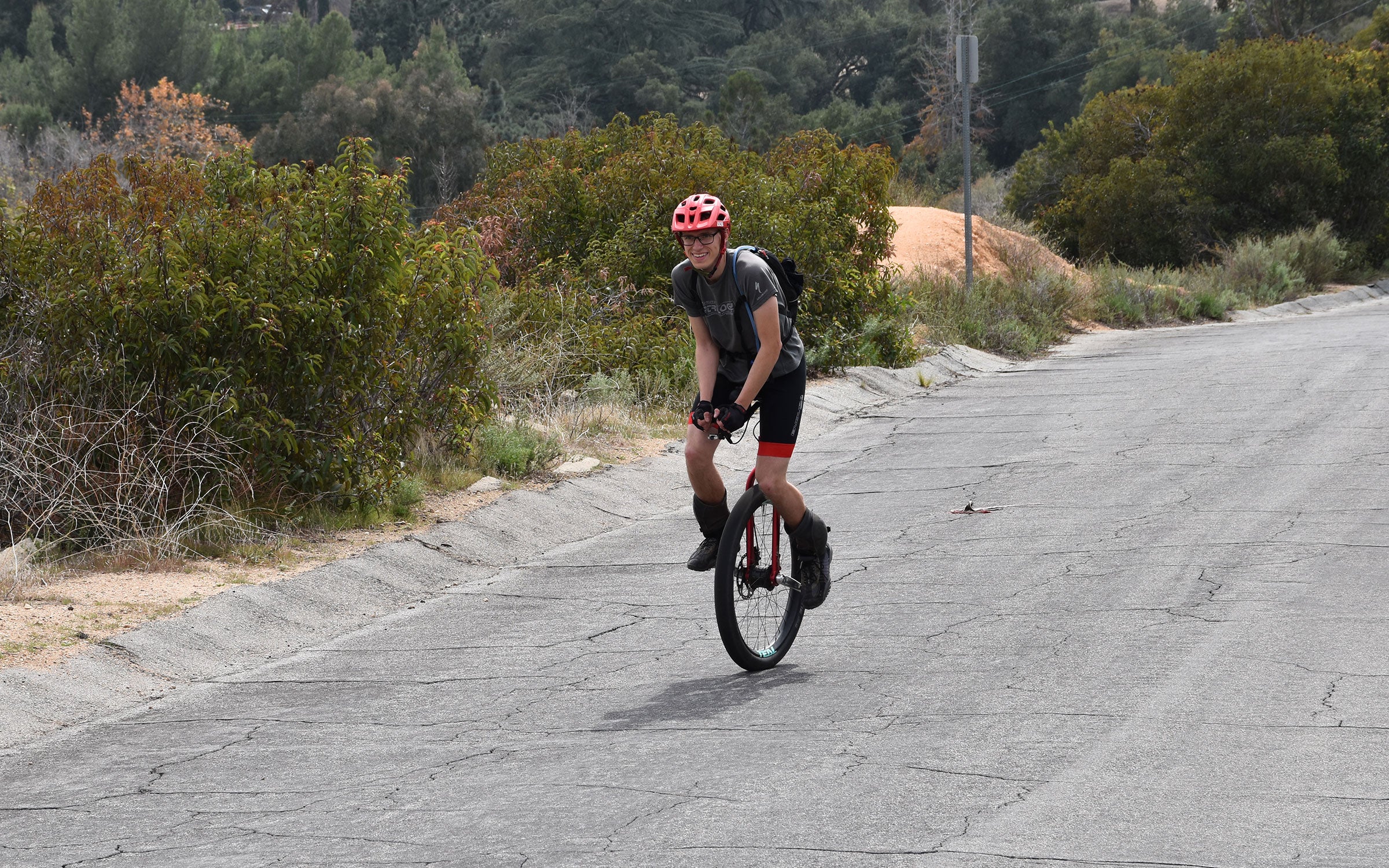My foggy memories from the pandemic’s early months are of three activities that everyone seemingly started doing at once: hoarding toilet paper, binge watching The Queen’s Gambit, and running or biking up the same hill over and over again to attain the elevation of Mount Everest (29,032 feet).
—yes, the latter—caught the collective gaze of endurance jocks as COVID-19 shuttered marathons and bike races across the globe. I was the editor in cheif of at the time, and I marveled at how such a difficult personal challenge—a typical Everesting bike ride can take upwards of 12 hours to complete—. In the summer of 2020 Andy van Bergen to discuss its booming popularity. People send van Bergen GPS data or Strava files from their Everesting attempts, and he validates the successful ones and chronicles them . From the moment he founded it in 2014 until January 2020, van Bergen had received data from fewer than 4,000 total Everesting rides and runs. By June of that year, he was receiving upwards of 1,200 per month.
Everesting’s surge continued even after races returned. Van Bergen recently told me that 23,385 people have now successfully completed an Everesting. And athletes have approached the challenge with masochistic zeal, completing double, triple, and even ; riding on and ; in extreme heat and ; attaining the elevation by or even by .
“One of the most wonderful things about Everesting is that the framework intentionally encourages creativity,” van Bergen told me. “I guarantee, anything bonkers I have ever dreamed up is always surpassed by our community.”
Amid this explosion in creative suffering, you might assume that every variety of Everesting ride or run had been achieved, repeated, and then improved upon by some chiseled superhuman. But there is one Everesting ride that occurred pre-pandemic that has yet to be equaled.
Just one person has ever done it on a unicycle. That accolade , who achieved it outside Los Angeles in 2018.
Before we go any further, please check whatever unicycling prejudices you may have at the door. This sport isn’t just for carnival barkers and circus bears—unicycling attracts endorphin junkies and adrenaline seekers. While it is unquestionably a niche activity, unicycling is quite a bit more physically and mentally demanding than riding a bike.
“When you go downhill on a bike you get to rest—that’s not the case on a unicycle,” Soja recently told me. “There is never any rest on a unicycle.”
Unicycling on flat ground requires impeccable mental focus and constant body movement to keep it from toppling over. Unicyclists must maintain the same position on the rig, so there’s no getting out of the saddle or switching postures to rest tired muscle groups. On a steep climb and descent, a unicycle is more torture device than novelty mode of transportation. Like a fixed-gear bike, a unicycle has no free hub, so a rider must pedal down hills instead of coasting.
“You use your entire body to keep your balance and there is never any letting up,” Soja said. “If you have bad composure or you get distracted, you lose your balance.”
After a long day of unicycling, Soja said the muscles in his abdominals and back are often more sore than his legs—the byproduct of maintaining balance for hours on end.

These days Soja, 34, lives in Zurich, and he is a professor of �±���ٰ����ܳ�����ǻ�ä������—a word that translate to “space geodesy.” He completed his Everesting ride when he was working as an engineer at California’a Jet Propulsion Lab. He is something of a folk hero in the niche sport of mountain unicycling, and has a showing him descending harrowing rocks and singletrack trails on his unicycle. In 2017 Soja read about the nascent trend of Everesting online, and wondered if the challenge was doable on a unicycle.
“Some crazy cyclist had set a new fastest record and I thought it was interesting,” he said. “Nobody had ever done it on a unicycle.”
Soja scouted roads in Los Angeles for a stretch of pavement that was steep and secluded. He settled on Mt. Lowe Road, a twisting and narrow band of asphalt rising 2,000 feet above the Rose Bowl. Soja chose March 18 for his effort, assuming the weather would be chilly. Het set out under darkness at 3:30 A.M., hoping to complete a few laps before the sun rose.
When the sun did come up, temperature shot into the 80s, and Soja began to suffer.
“There was so much sun and I became nauseous, I could no longer eat,” he said. “Around noon I was really close to quitting because I couldn’t keep anything down.”

As any Eversting athlete will attest to, the key to completing the challenge is to maintain a steady pace and simply continue moving, and Soja followed this rule. He took short breaks to check his social media and read encouraging notes from other unicyclists. He picked up speed as the afternoon sun dipped behind the horizon and the temperatures dropped.
And then, after completing ten laps, calamity struck: he crashed on the descent and splayed across the pavement.
“My core muscles were hurting so much and I just lost concentration for one second and I hit a rock in the road,” he said. “It sent me flying like Superman.”
Luckily, Soja was wearing pads on his knees and elbows. Still, he lost plenty of skin on his hands and legs. He wrapped his wounds in bandages and kept going. The hours ticked by, and soon Soja was coming up on midnight. He pedaled on with his headlamp. His pace slowed. His body ached with every pedal stroke.

“My neck and back were hurting so much,” he said. “But I knew that I was close.”
Soja completed his final ascent just past 2:30 A.M., 23 hours after he started. The final statistics from his monster ride should boggle the mind of anyone who has ever attempted to merely sit on a unicycle and not fall over: 16 hours and 37 minutes of riding time, 103 miles of total distance, 7,700 calories burned.
After hearing Soja’s tale, I now know why nobody has attempted to equal his Everesting ride: it’s simply too hard, too zany, too over-the-top painful for anyone else to repeat. Soja told me he thought the feat was unthinkable too—until he started riding.
“More than anything I was curious to see if this was possible,” he said. “That’s what kept me going.


